
Robert Delaunay
sem título
Paris, France, 1885 – Montpellier, France, 1941
During his participation in the Independent Salon of 1906 he met Jean Metzinger who introduced him to the work of Paul Signac and Henri-Edmond Cross, after which Delaunay made several Divisionist paintings. This term was coined by Signac to define a pictorial technique where colours and tones are not mixed on the pallet, but rather are applied directly to the canvas in small, juxtaposed brushstrokes (not necessarily circular, as in the case of Pointillism). This technique creates more luminous and brilliant visual effects, giving the canvas a vibrating texture and creating the idea of movement (for example, Portrait of Henri Carlier, 1906, or Paysage au disque solaire, 1906-07). These works reveal Delaunay’s interest in the creation of a pictorial language based on chromatic contrasts, already enunciated in Neo-Impressionist painting, which he developed with the in-depth study of Eugène Chevreul’s theories on the behavior of colour. On the other hand, his representation of the solar disc indicated the future use of coloured circles, used formally and symbolically as the main structural element in a number of his compositions.
In 1907 he visited the posthumous exhibition of Cézanne’s work (Bernheim-Jeune Gallery) and met Sonia Terk, whom he was to marry three years later.
Begun in 1909, the series of paintings of the corridor of the Saint Séverin gothic church in Paris constitute Delaunay’s first masterwork, where important Cubist issues are explored with the observer’s initiation into the idea of movement and the dissolution of form. In this series the artist develops a number of important themes regarding light, colour and the pictorial expression of the seeing process of vision as conscious activity (and it is at this more programmatic than aesthetic level that his pictorial universe will come closest to that of his wife, Sonia Delaunay). These paintings established Robert’s reputation, and Kandinsky invited him to participate, with great success, in the first exhibition of the Der Blaue Reiter group (The Blue Rider), at the Tannhäuser Gallery in Munich towards the end of 1911. For this exhibition Delaunay submitted, among other works, a 1910 painting of the Eiffel Tower, which was a part of a new series of thirty works begun in 1909. One of the largest paintings of this series of 1910-11, it is very characteristic of what Delaunay calls his “destructive period” because of the apparent dissolution of the solid architectonic structure in light. During these years Delaunay became interested in the representation of the city, working from illustrated postcards and submitting these images to a process of progressive abstraction. But it is only in 1912, with the Windows and Circular Forms series–devoid of any connection to observed reality– that Robert Delaunay breaks definitively with the Albertian window. Here he treats the pictorial space as a flat surface where forces relating only to the work of pure colour interact. The poet Apollinaire gave the name “Orphic Cubism” to Delaunay’s painting. He stated that this work, together with scientific Cubism, was the other great trend of modern painting. Rather than this designation however, Delaunay preferred the term “pure painting” that underlined the conceptual character of his work, while also still opting to share the term, “simultaneous”, with the Futurists.
The outbreak of World War I surprised the Delaunay couple on holiday in Spain with their son Charles, born in 1911. From Madrid they traveled to Lisbon, and eventually settled in Vila do Conde (from 1915 to 1917). Robert Delaunay started to paint and chose to work on figurative themes, as in the case of the seven paintings Femme nue lisant, inspired by Rubens’ Diana and Calisto. In Vila do Conde the couple experiments with encaustic painting (pigment mixed with hot wax), and Robert paints several Portuguese Still Lifes, Jugs and Portuguese Women. They kept up a correspondence with Amadeo de Souza-Cardoso in Amarante, and frequently visited Eduardo Viana. Viana, who knew the couple from Paris, even lived in their home for a while. They also established relationships with José de Almada Negreiros and José Pacheko. The collective project Corporation Nouvelle appeared at this time, with the purpose of editing poetry and art albums and organising “mobile” exhibitions. However the project was never fully realised, so Robert and Sonia were the only ones to take part in an exhibition in Stockholm in 1916. From 1917 to 1921 the Delaunay couple lived in Spain.
Upon returning to Paris, Robert Delaunay exhibited again in Stockholm and organised a large one-person exhibition in Paris at the Paul Guillaume gallery in 1922. An extremely fertile period followed where he took up themes from some of his old works again, some of which had disappeared during the war. He also produced countless portraits of his poet, composer, and writer friends. He was invited to exhibit mural paintings in the 1925 International Exhibition of Decorative Arts; and he exhibited in Germany and Austria.
In 1930 he returned to abstract painting with large compositions where circular forms reappeared, entitled Rythmes joie de vivre and Rythme sans fin. He also made his first relief works and explored new pictorial materials such as sand, plaster, cement and cork. The last decade of his life was that of a consecrated painter. He participated in the important exhibition Cubism & Abstract Art (MoMA, New York, 1936), with six of his paintings; he was director of the decoration of the Train and Air Pavilions in the International Exhibition of Paris, 1937; and several of his works were acquired by the French State. In 1938 he produces his last paintings: three large panels for the sculpture hall in the Tuileries Salon. He died in October of 1941.
Ana Vasconcelos
2004

sem título
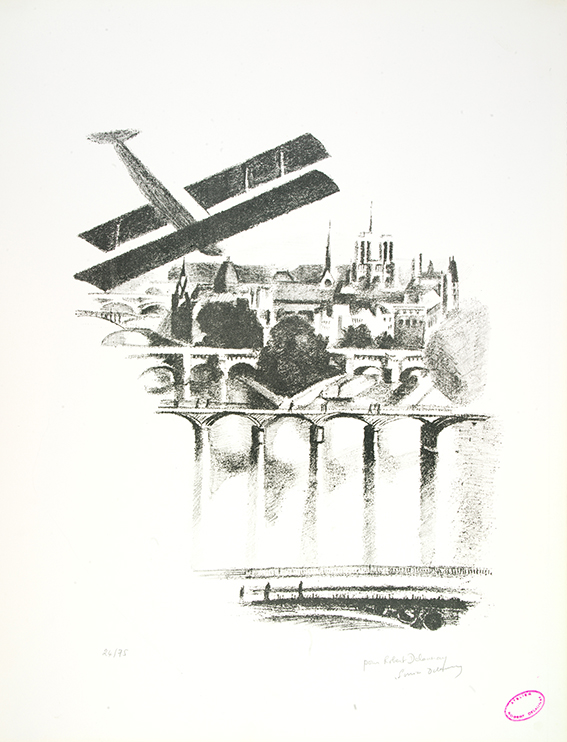
sem título
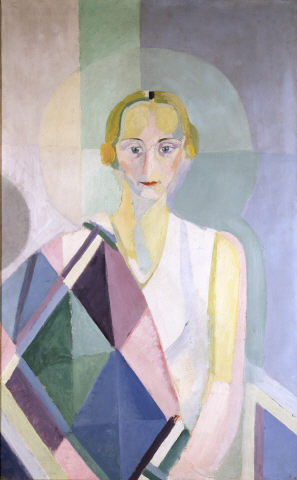
Portrait de Mme. Heim

La butte Montmartre et le Sacré-Coeur
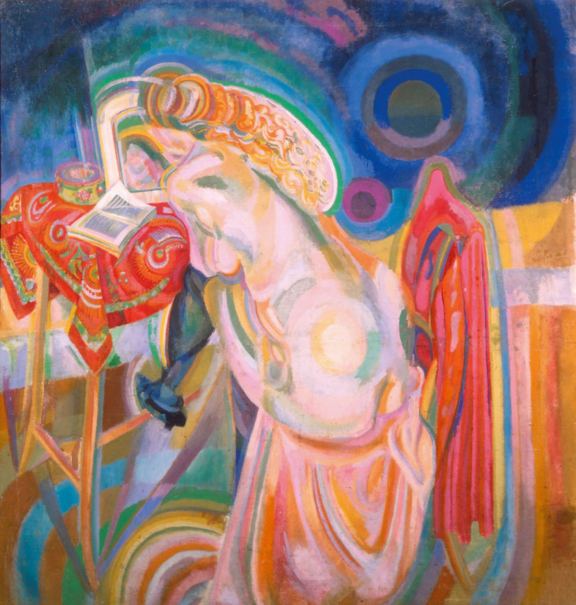
Femme Nue Lisant
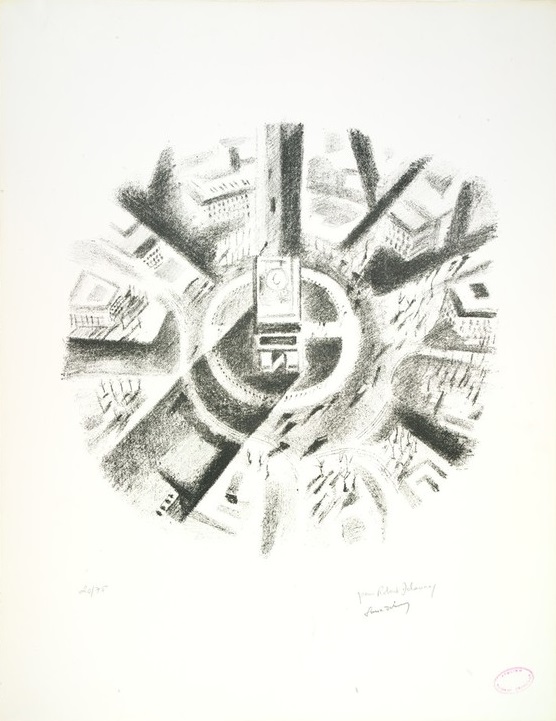
Arc de Triomphe
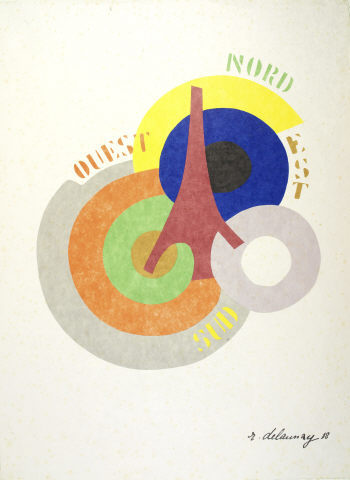
Nord, Est, Sud, Ouest
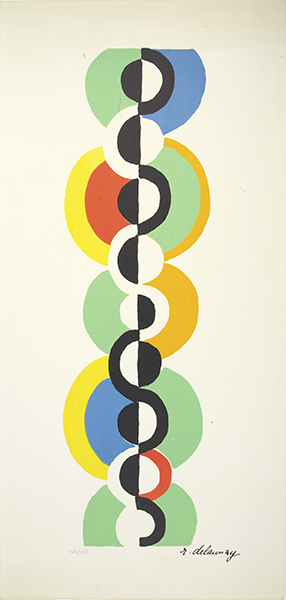
sem título
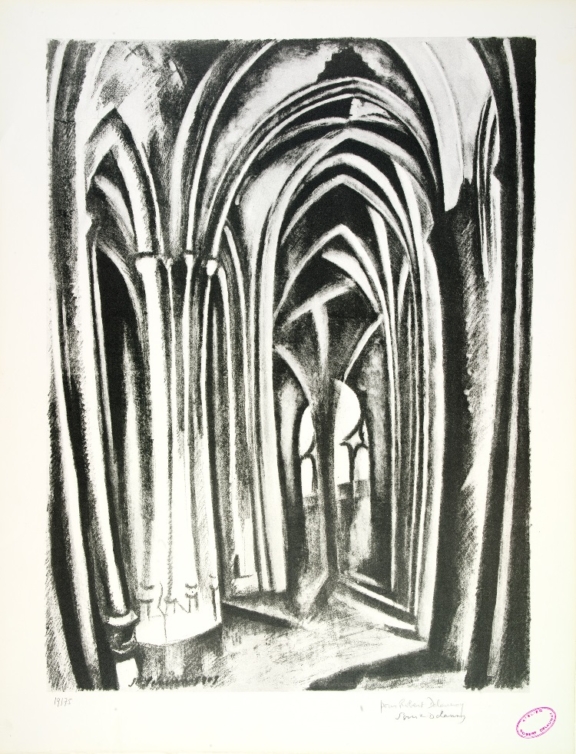
sem título
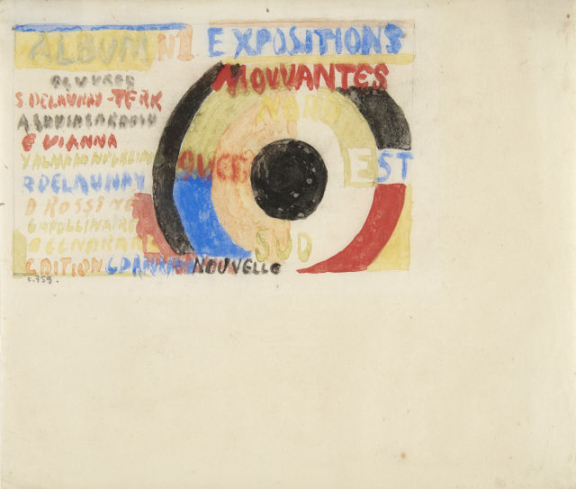
Maquette de l’Album nº 1 des Expositions Mouvantes – Nord-Est-Sud-Ouest (étude)
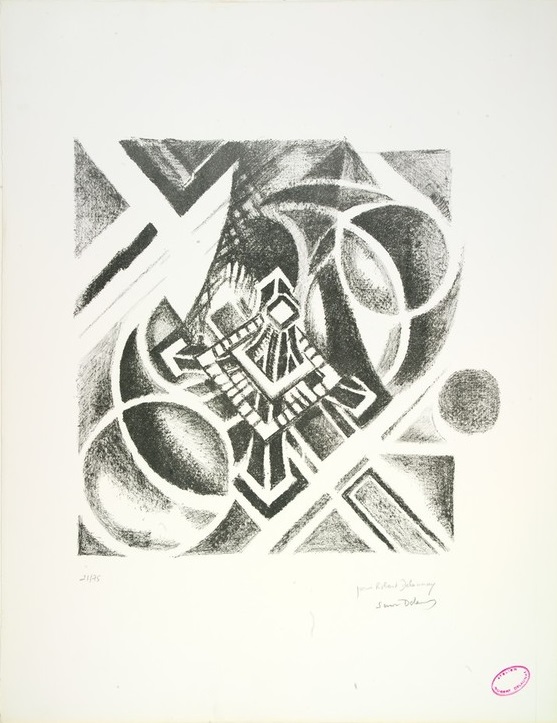
Tour Eiffel
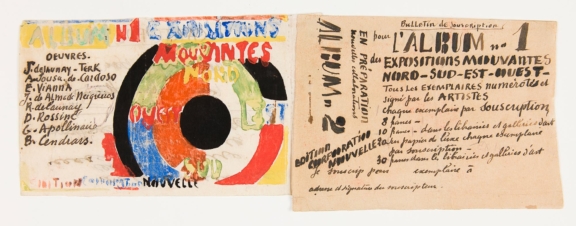
Projet Bulletin de souscription pour l’album nº 1 des Expositions Mouvantes
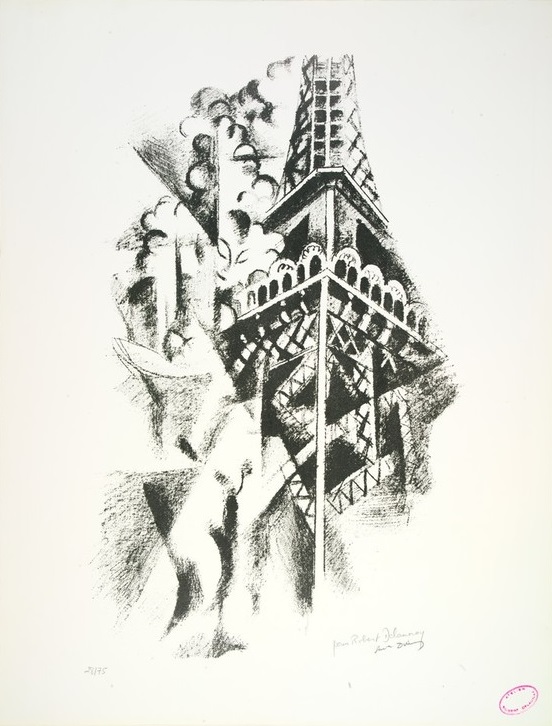
sem título
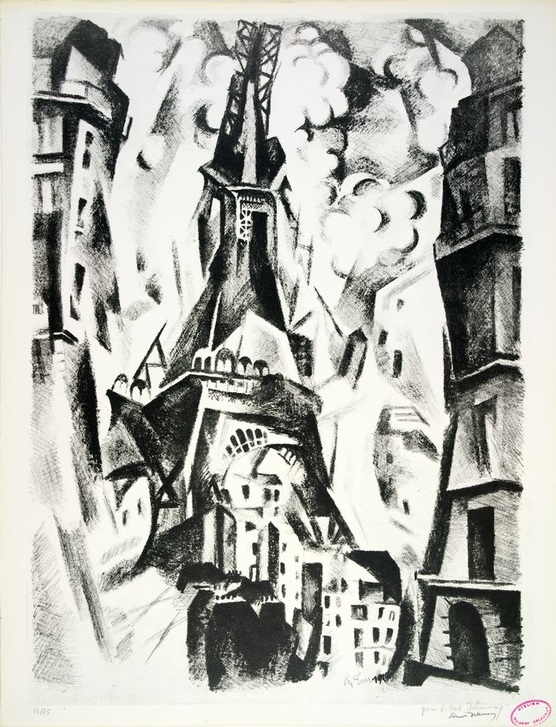
sem título
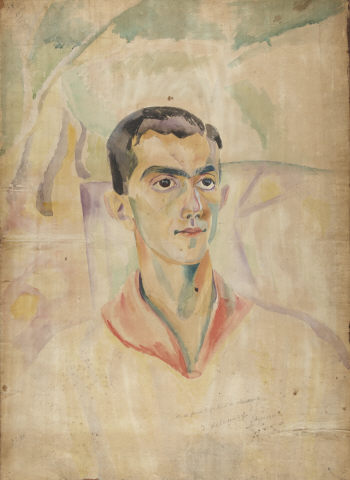
Portrait de Massine (étude pour)